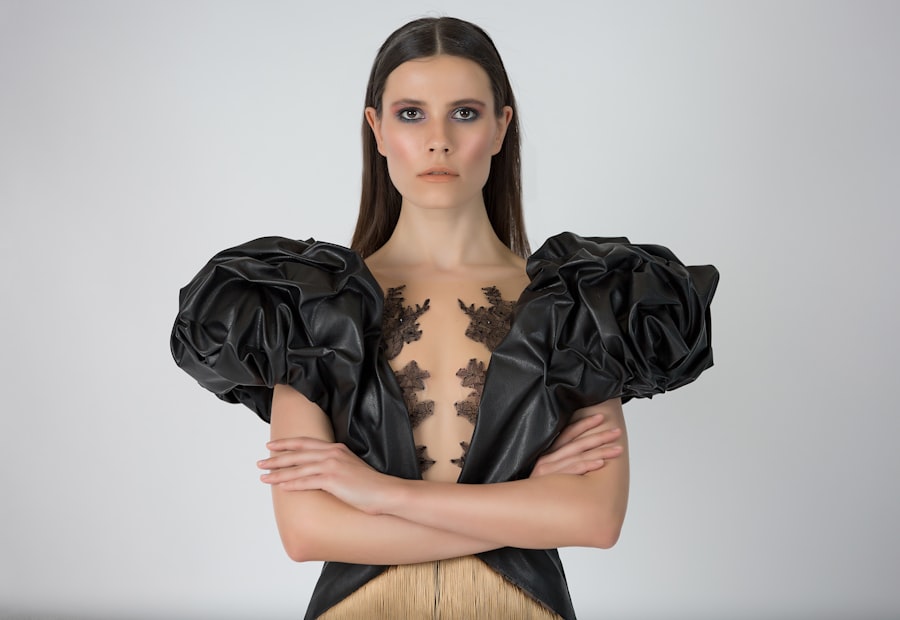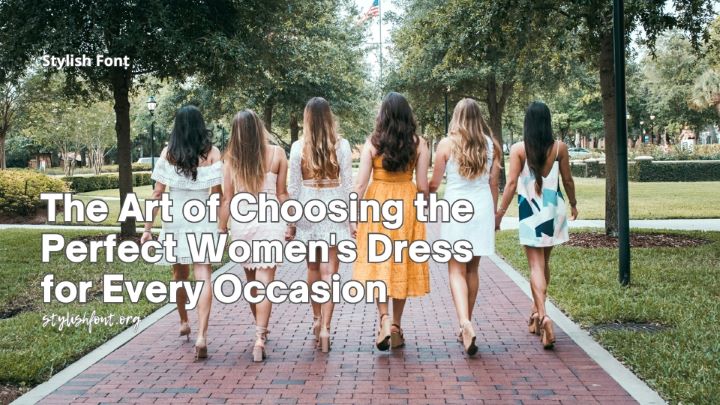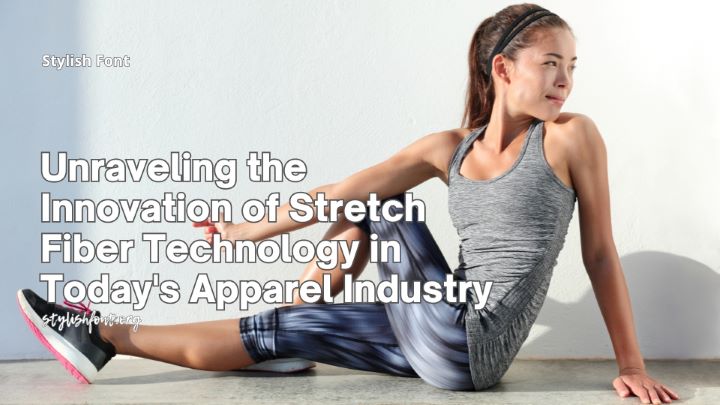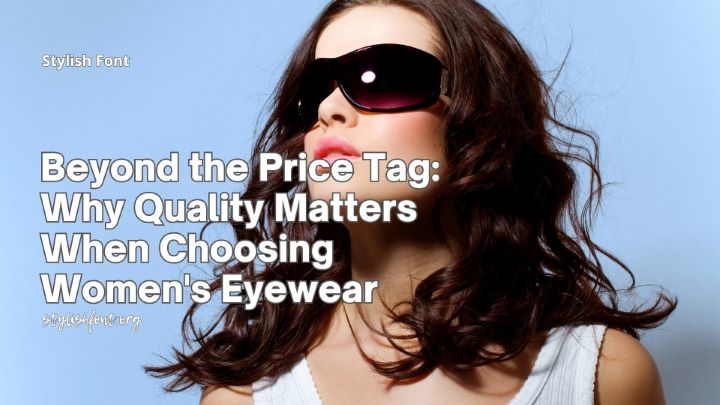The fashion industry has undergone a remarkable transformation over the decades, evolving from a realm of artisanal craftsmanship to one dominated by the rapid production cycles of fast fashion. In the late 20th century, the advent of globalization and technological advancements allowed brands to produce clothing at an unprecedented scale and speed. This shift not only made fashion more accessible to the masses but also fostered a culture of disposability, where garments were often worn only a few times before being discarded.
The allure of low prices and trendy designs led consumers to embrace this new paradigm, often at the expense of quality and sustainability. However, as awareness of environmental issues has grown, so too has a counter-movement advocating for regenerative fashion. This new approach seeks to reverse the damage caused by fast fashion by prioritizing sustainability, ethical production, and a holistic view of the fashion lifecycle.
Regenerative fashion emphasizes not just reducing harm but actively improving ecosystems and communities. It represents a significant shift in mindset, urging both consumers and producers to consider the long-term impacts of their choices on the planet and society. As this movement gains momentum, it is reshaping the very foundations of the fashion industry.
Key Takeaways
- Fast fashion has evolved into regenerative fashion, focusing on sustainability and ethical practices.
- Regenerative fashion sets itself apart by prioritizing environmental and social impact, using sustainable materials and production processes.
- Fast fashion has a significant negative impact on the environment, from water and air pollution to waste generation.
- Regenerative fashion benefits the planet by reducing carbon footprint, conserving natural resources, and promoting ethical labor practices.
- Regenerative fashion is changing the industry by driving innovation, promoting transparency, and reshaping consumer attitudes towards sustainability.
Understanding Regenerative Fashion: What Sets it Apart
Restorative Practices
Regenerative fashion encompasses a range of practices that promote positive environmental and social outcomes. These include the use of organic materials, fair labor practices, and responsible sourcing that fosters biodiversity.
A Circular Economy
At its core, regenerative fashion challenges the traditional linear model of production and consumption. Instead, it advocates for a circular economy where materials are reused, recycled, or composted, reducing waste and the constant demand for new resources.
Towards a Sustainable Future
By embracing regenerative practices, the fashion industry can move towards a more equitable and sustainable future. This approach encourages brands to design products with their entire lifecycle in mind, promoting durability and repairability. As a result, both people and the planet can thrive in a system that not only sustains but also enriches the environment.
The Environmental Impact of Fast Fashion

The environmental consequences of fast fashion are profound and far-reaching. The industry is one of the largest contributors to pollution, responsible for significant greenhouse gas emissions, water consumption, and waste generation. The production processes often involve toxic chemicals that can contaminate water sources and harm local ecosystems.
Additionally, the sheer volume of clothing produced leads to staggering amounts of textile waste; millions of tons end up in landfills each year, where they can take decades to decompose. Moreover, fast fashion’s reliance on synthetic fibers exacerbates these issues. Materials like polyester are derived from fossil fuels and contribute to microplastic pollution in oceans and waterways.
As consumers continue to demand cheap and trendy clothing, brands are incentivized to prioritize speed over sustainability, perpetuating a cycle that harms both the environment and human health. Recognizing these impacts is crucial for understanding the urgent need for a shift towards more sustainable practices within the industry.
The Benefits of Regenerative Style for the Planet
| Benefits of Regenerative Style for the Planet |
|---|
| 1. Soil Health Improvement |
| 2. Carbon Sequestration |
| 3. Biodiversity Conservation |
| 4. Water Conservation |
| 5. Climate Change Mitigation |
Regenerative fashion offers numerous benefits for the environment, positioning itself as a viable solution to the challenges posed by fast fashion. By focusing on restorative practices, this approach can help mitigate climate change, reduce pollution, and promote biodiversity. For instance, regenerative agriculture techniques used in growing natural fibers can improve soil health and sequester carbon dioxide from the atmosphere.
This not only contributes to healthier ecosystems but also supports local communities engaged in sustainable farming practices. Additionally, regenerative fashion encourages brands to adopt transparent supply chains that prioritize ethical labor practices and fair wages. By fostering a more equitable system, it empowers workers and promotes social justice within the industry.
As consumers become more aware of these benefits, they are increasingly drawn to brands that align with their values, creating a demand for regenerative practices that can drive meaningful change across the sector.
How Regenerative Fashion is Changing the Industry
The rise of regenerative fashion is prompting a significant shift within the industry as brands begin to recognize the importance of sustainability in their business models. Many companies are now investing in research and development to create innovative materials that are both environmentally friendly and stylish. This includes exploring alternatives to conventional fabrics, such as bio-based textiles made from agricultural waste or recycled materials that reduce reliance on virgin resources.
Furthermore, established brands are increasingly collaborating with startups and organizations focused on sustainability to enhance their offerings. These partnerships often lead to groundbreaking initiatives that challenge traditional production methods and promote circularity. As more companies embrace regenerative practices, they not only contribute to environmental restoration but also position themselves as leaders in an evolving market that values sustainability.
The Role of Technology in Regenerative Fashion

Transforming the Design, Production, and Distribution Process
From 3D printing to artificial intelligence, technological advancements are changing how clothing is designed, produced, and distributed. For example, AI can optimize supply chains by predicting consumer demand more accurately, reducing overproduction and waste.
Increasing Transparency in Supply Chains
Digital platforms are making supply chains more transparent, allowing consumers to trace the origins of their garments and make informed purchasing decisions. Blockchain technology is being used to verify ethical sourcing practices and ensure fair labor conditions throughout production processes.
Towards a Sustainable Future
By harnessing these technological advancements, the fashion industry can move towards a more sustainable future while maintaining its creative spirit.
Embracing Sustainability: The Shift in Consumer Attitudes
As awareness of environmental issues continues to grow, consumer attitudes towards fashion are shifting dramatically. More individuals are prioritizing sustainability in their purchasing decisions, seeking out brands that align with their values. This change is driven by a desire for ethical consumption and a recognition of the impact that personal choices can have on the planet.
Social media has played a significant role in this transformation by amplifying voices advocating for sustainable practices and raising awareness about the consequences of fast fashion. Influencers and activists are using their platforms to educate consumers about the importance of making conscious choices when it comes to clothing. As a result, many shoppers are now willing to invest in higher-quality pieces that may cost more upfront but offer long-term value through durability and timeless design.
The Rise of Ethical and Transparent Supply Chains
The demand for ethical and transparent supply chains is becoming increasingly prominent as consumers seek assurance that their clothing is produced responsibly. Brands are responding by adopting practices that promote transparency at every stage of production. This includes sharing information about sourcing materials, labor conditions, and environmental impact with consumers.
By prioritizing ethical practices, companies not only build trust with their customers but also contribute to positive social change within communities involved in garment production. Fair wages, safe working conditions, and respect for workers’ rights are becoming non-negotiable standards for many brands committed to regenerative fashion. This shift towards transparency is essential for fostering accountability within the industry and ensuring that consumers can make informed choices about their purchases.
Collaborations and Innovations: Driving Regenerative Fashion Forward
Collaborations between brands, designers, and organizations focused on sustainability are driving innovation within regenerative fashion. These partnerships often lead to groundbreaking initiatives that challenge conventional practices and promote circularity in production processes. For example, some brands are teaming up with textile recycling companies to create closed-loop systems where old garments are transformed into new fabrics.
Additionally, collaborations with research institutions are paving the way for new materials that minimize environmental impact while maintaining quality and style. By pooling resources and expertise, these partnerships can accelerate progress towards a more sustainable future for fashion. As more stakeholders come together to share knowledge and ideas, regenerative fashion is poised for significant growth and transformation.
The Intersection of Fashion and Circular Economy
The concept of circular economy is integral to regenerative fashion as it emphasizes the importance of designing products with their entire lifecycle in mind. This approach encourages brands to create garments that can be easily repaired, reused, or recycled rather than discarded after a single use. By adopting circular principles, companies can reduce waste while maximizing resource efficiency.
Moreover, circular economy initiatives often involve collaboration between various stakeholders within the industry, including manufacturers, retailers, consumers, and recycling organizations. This collective effort fosters a sense of shared responsibility for minimizing environmental impact while promoting sustainable consumption patterns. As circularity becomes more ingrained in fashion practices, it paves the way for a more resilient industry that prioritizes both people and the planet.
Embracing Regenerative Style: Tips for Incorporating Sustainable Fashion into Your Wardrobe
Incorporating regenerative style into one’s wardrobe doesn’t have to be daunting; there are several practical steps individuals can take to embrace sustainable fashion choices. First and foremost, consumers can start by investing in high-quality pieces made from sustainable materials that will stand the test of time rather than succumbing to fleeting trends. This not only reduces waste but also encourages mindful consumption.
Additionally, exploring second-hand shopping options can significantly lessen one’s environmental footprint while offering unique finds that tell a story. Thrift stores, vintage shops, and online resale platforms provide opportunities for individuals to discover pre-loved garments while supporting a circular economy. Lastly, learning about brands’ values and practices before making purchases empowers consumers to support those committed to regenerative principles—ultimately contributing to a more sustainable future for fashion as a whole.
In conclusion, as the fashion industry continues its evolution from fast-paced production cycles towards regenerative practices, it becomes increasingly clear that this shift is not just beneficial but necessary for both people and the planet. By understanding what sets regenerative fashion apart from traditional models—alongside recognizing its environmental impact—the industry can embrace innovative solutions that prioritize sustainability at every level. Through collaboration, technology integration, consumer awareness shifts towards ethical consumption patterns—and ultimately embracing circular economy principles—the future of fashion holds promise for a more equitable world where style meets responsibility.
FAQs
What is regenerative fashion?
Regenerative fashion refers to a holistic approach to fashion design and production that aims to create a positive impact on the environment and society. It focuses on regenerating natural systems, minimizing waste, and promoting ethical and sustainable practices throughout the entire supply chain.
How does regenerative fashion differ from sustainable fashion?
While sustainable fashion aims to minimize the negative impact of the fashion industry on the environment and society, regenerative fashion goes a step further by actively working to restore and regenerate ecosystems, promote biodiversity, and improve soil health.
What are some examples of regenerative fashion practices?
Examples of regenerative fashion practices include using regenerative agriculture techniques to grow fibers, implementing closed-loop production processes to minimize waste, and supporting local communities and artisans through fair trade practices.
What are the benefits of regenerative fashion?
The benefits of regenerative fashion include reducing carbon emissions, conserving water and soil resources, promoting biodiversity, and supporting the well-being of communities and workers involved in the fashion supply chain.
How can consumers support regenerative fashion?
Consumers can support regenerative fashion by choosing clothing made from regeneratively grown fibers, supporting brands that prioritize ethical and sustainable practices, and advocating for greater transparency and accountability in the fashion industry.





